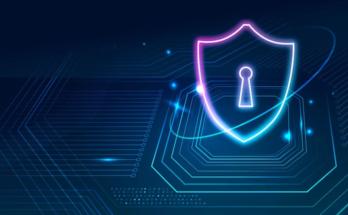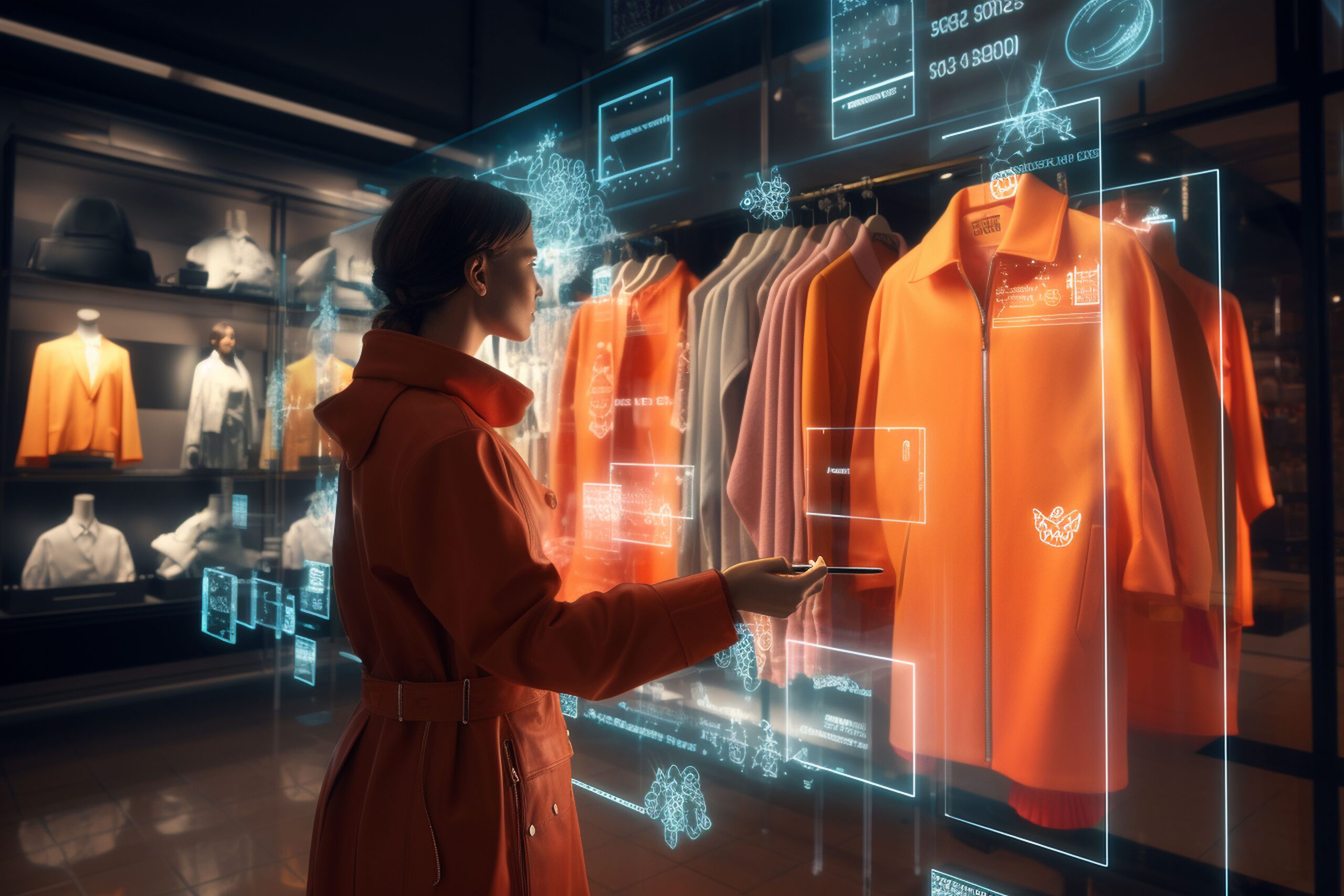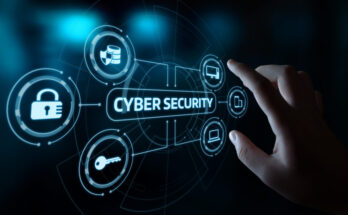Key Points :
- Lack of Neurological care accessibility in remote areas, asks for teleneurological attention in distant or remote areas having less equipped medical facilities.
- Teleneurology is the remote neurology care and education, made available to the patients or students by the health care firms.
- Mobile and digital technology contribute immensely to the telenerology service.
- Quality digital care from the clinicians and hospital management to the patient.
- Conclusion
Lack of Neurological care accessibility in remote areas, asks for teleneurological attention in distant or remote areas having less equipped medical facilities

The geographically isolated areas in the remote part of the city often lack the advanced facility of well equipped technological systems in the hospitals. Also, some areas in the urban localities lack neurological service specialists.
Due to poor infrastructure, resources, and manpower, there are limited medical facilities in such areas. Teleneurology consultation in semi-urban areas is an innovative approach to the telehealth field.
Patients with acute stroke require organized care from the stroke centers. Well, this action needs multiple stroke specialists which are not available in many urban hospitals or in rural areas. The stroke centers are supported by the stroke specialist team through telecommunication or technological connectivity like video conferencing.
Telestroke is another channel of telemedicine consultation for the treatment of neurovascular patients. The direct connection of the patient with the consultant through video conferencing or through mobile applications for teleconferencing.
Teleneurology is the remote neurology care and education, made available to the patients or students by the health care firms
Teleneurology empowers neurology to be practiced online when doctor and patient are not in the same place. The main techniques are as follows:
- Videoconferencing connection of patient and doctor from different locations. This teleconsultation is called synchronous or real-time connection.
- Exchanging patient information through email or recorded video clips in regard to the case is called asynchronous or store-and-forward teleneurology technology.
- Problems that can be resolved by teleneurology are :
- Delayed treatment from acute stroke
- Epilepsy management
- Travel time of the doctor is utilized in teleconsultation
- Lack of enough neurologists in the city
Teleneurology is of greatest benefit to communities with limited
access to general and neurologic care in rural areas, those with limited mobility. Through the use of real-time audio-visual interaction, imaging, and store-and-forward systems, a greater proportion of neurologists are able to meet the demand for specialty care in less-deserved communities, decreasing the response time for acute stroke assessment, and expand the collaboration between physicians, neurologists, and other specialties.
Mobile and digital technology contribute immensely to the teleneurology service
Teleneurology systems reduce the cost of the teleneurology care process, teleconnection is easy and fast access.
Teleneurology apps are developed for easy access of the patients and to improve the connectivity and data storage system functionalities.
Regardless of the distance or disability the mobile applications have programs that can connect the patient and doctors in a smooth stream. Quality neurological care and treatment are made possible by innovative neurology applications.
Apps that help in great ways are: Tele Stroke care can detect early stroke symptoms and provide guidelines on the issue. Tele Strokecare app allows the neurologists to handle the patient remotely with mental care, neurology care, or chronic-care.
Movement disorders, headaches, dementia, sclerosis, and remote sleep assessments. Conditions like autism, Parkinson`s, or sclerosis can be remotely taken care of in the patient’s comfort zone.
Neurology expertise, teleneurology application that connects the specialties or a team of doctors to clinics and performs together to treat the complex disease.
The top edge teleneurology, Telemedicine app developers use the dot on technologies like virtual reality, machine learning, extended reality, and AI to create amazing results. Anticipation with AI, a smart sensor platform that’s assessing patients’ conditions continues notifying specialists in case of abnormalities, or a chatbot that handles the regular health checks.
Quality digital care from the clinicians and hospital management to the patient
Telehealth provides patients high-quality digital care through advanced communication and information technology. Health service efficiency is high as patients can directly contact the specialist today as per emergency and get all the guidance and consultation immediately.
Through websites, mobile applications, etc patients can acquire health services. The clinicians, healthcare staff, and nurses are interconnected and can attend to the case with better coordination.
Virtual Check-ins allow you to connect with the doctor or nurse via video or audio connectivity and take appointments or consultations.
E-visits give you access to connect with the concerned physician through your smartphone or tablet etc you don’t have to wait or travel to the hospital for appointments.
How digital care changes the diagnostic treatment and offers better solutions:
- Digital care is cost-effective and has direct access.
- Tailored medical solutions for patients.
- Improved patient-doctor involvement and detailed study.
- Case tracking and updates that help in treatment.
- Improvement in gadgets, techniques, and advanced medical applications.
Conclusion
The study highlights the medical system changing its prospects more in the virtual care related to telehealth technology. Teleneurology until the pandemic was a small proportion of outpatients. Multiple technical updates and medical training made it possible to spread wide the teleneurology treatments around the world.
The integrated systems of teleneurology and telehealth have tremendously transformed traditional doctor-patient interactions.
The patients and the providers will be more accustomed to teleneurology technology and telehealth. The future states robotics and AI combined with the telehealth field aspire to better health prospects for future generations. The robots manage the data and store the data of the patient in one place and easy access when required.
Teleneurology is such advanced that critical cases of strokes are handled well by the telestroke stream thus saving many lives in very less time. Technology is saving the world and opening many brighter health prospects.
There are still some ethical challenges even if teleneurology provided efficient solutions with advanced technology. To promote and successively implement the teleneurological advancements for the benefit of society. The medical expertise join hands together with the hospitals and clinicians and related team to come up with better innovative and constructive healthcare solutions.
Guest Post Service By www.guestarticlehouse.com




